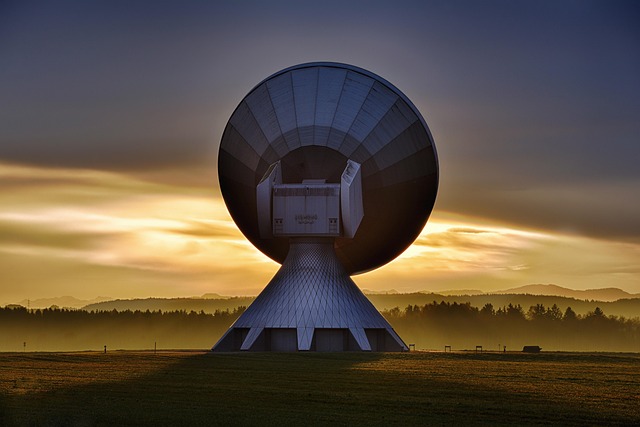As we step further into the digital era, the concept of technological dependence has become more pronounced than ever, especially in the realm of streaming services. When we think of entertainment, we often think about how we access our favorite shows and movies—through high-definition TVs, sleek monitors, and intricate display technologies that transform our viewing experiences. But with this convenience comes a certain level of instability, as our reliance on these devices can sometimes overshadow our ability to appreciate them fully.
Take, for example, the evolution of TV technology. Once, the family gathered around a bulky CRT television, captivated by the flickering images and sounds that graced our living rooms. Today, we have ultra-HD smart TVs that boast vibrancy and clarity previously unimaginable. However, this leap in technology comes with a caveat; our dependence on streaming platforms has shifted from merely seeking content to an endless scroll through a sea of available options at our fingertips.
The sheer choice can be exhilarating yet overwhelming. Each service promises exclusive content, while new display technologies continuously emerge, providing us with incredible image quality and immersive experiences. However, as we seek out the next big hit or the latest must-see series, we may find ourselves increasingly reliant on the very devices that are meant to enrich our lives. Dual-screening has become the norm, as viewers scan social media for real-time reactions while simultaneously watching a show, creating a multitasking landscape where focus is a scarce commodity.
Monitors have drawn us into this intricate web of technological dependence as well. With the rise of gaming and online content creation, high-performance monitors have become essential tools for anyone looking to optimize their viewing experiences. With advanced refresh rates, color accuracy, and resolution, these displays enhance our ability to visualize content. But the question we must ponder is whether this dependence on high-tech visual experiences is jeopardizing our appreciation for storytelling and creativity—or whether it is merely evolving the narrative.
Moreover, as we navigate this new landscape, designers and content creators are harnessing the power of cutting-edge display technologies. Innovations like OLED and Mini-LED are revolutionizing our viewing experiences, offering vibrant colors and deeper blacks that make every scene captivating. Yet, the influx of technology can foster a sense of detachment; we may become so enveloped in the aesthetics that we lose sight of the story being told. Meaningful connections can often be overshadowed by the glare of a flashy display, forcing us to confront our technological dependence.
When we engage with technology, it’s essential to strike a balance—one between embracing the benefits of these advancements and nurturing our intrinsic love for storytelling. Perhaps instead of allowing ourselves to be consumed by an endless selection of shows, we should curate our viewing lists deliberately and allow ourselves time to enjoy the art and craft behind each piece of content. This conscious choice can serve as a counterbalance to our reliance on technology, helping to reinforce our appreciation for storytelling in all its forms.
Ultimately, as we look to the future of streaming, we must remain vigilant. Our technological dependence on displays, monitors, and the ever-evolving capabilities of TVs can either enhance our experiences or diminish our engagement. It will be up to us to navigate this landscape carefully, ensuring that while we enjoy the visual marvels at our disposal, we continue to seek meaningful narratives that resonate deeply within us.




